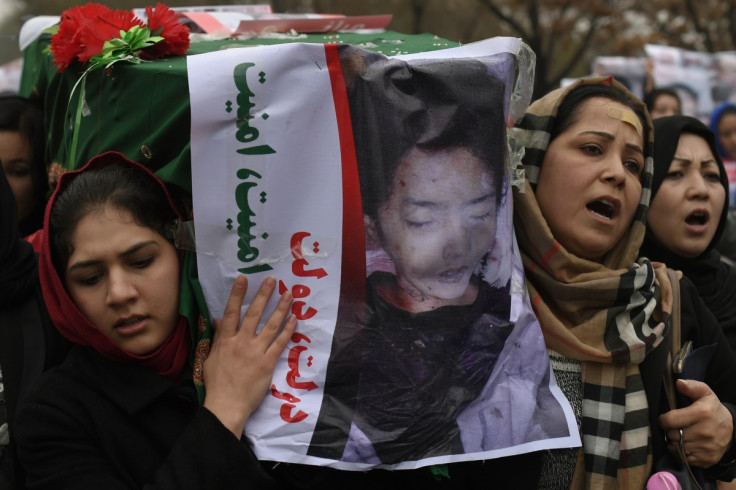Kabul protests: Who are the Hazara and why do Isis and the Taliban hate them?

Thousands have taken to the streets in Kabul on 11 November after the gruesome murder of seven Hazara Afghanis in the biggest protests that the country has seen in decades. But the attacks, presumed to be the work of either the Taliban or Islamic State (Isis), is just the latest act in a long tradition of persecution against the Farsi-speaking Hazaras.
The victims – some of which had their throats slit – were found in a southern province of Afghanistan where rival Taliban factions have been fighting in recent weeks. The BBC reported that the bodies included a nine year old girl, two women and four men. Officials added that dozens of Hazaras had been kidnapped since last year.
Hazara have long faced discrimination in Afghanistan, particularly under the Taliban prior to the US invasion of the country in 2001. The minority group also faces significant persecution in Pakistan, where in January 2013 over 120 people, mostly Hazara, were killed in suicide bombings in a single day.
It is often claimed that Hazaras are the descendants of Genghis Khan and the Mongol soldiers that invaded Afghanistan in the 13<sup>th century but while genetic studies have shown some links to Mongolia, their bloodlines can also be traced to Turkey and Tajikistan as well as to the original inhabitants of the central Afghan highlands.
The perception that the Hazaras are outsiders has persisted for centuries, with pogroms against them common throughout Afghanistan's bloody history. Along with their ethnicity, being Shia Muslims means their religion has also made them targets, as Sunni Islamist insurgencies have raged in southern Asia. Radical Sunnis consider them heretics.
Just as Isis and other Sunni militant insurgencies have targeted Shias in Yemen, Syria and Iraq, there is widespread state discrimination against the Shia in Saudi Arabia and Bahrain. As well as sectarian Sunni-Shia hatred that has persisted since the schism of Islam after the death of the Prophet Mohammed, the divide is also political. Shia Muslims are seen as allies of Iran, the great enemy of Sunni states such as Saudi Arabia.
Indeed, during the 1990s, when multiple militias fought for control of Afghanistan after the Soviet Union withdrew from the country, Hazara militias fought alongside other Shia groups and against Sunni fighters of al-Qaeda and the Taliban.
The recent spate of kidnappings in Afghanistan recalls the bloody days of murders of Hazaras under both the Taliban and al-Qaeda. This includes the 1998 massacre of 2,000 civilians, most of them Hazara, in the northern city of Mazar-I Sharif, raised in a Human Rights Watch report to the UN in 2008. The massacre was said to be retaliation for the 1997 killing of 2,000 Taliban prisoners by a Hazara and ethnic Uzbek fighters.
Demonstrators told Reuters that Hazaras were being killed every day on the roads west of Kabul, where the Taliban control swathes of territory. Those on the streets of Kabul blamed the Pashtun ethnic group from which radical Sunni militias draw the bulk of their recruits. Others warned that the violence that begins with the Hazaras will affect the whole Afghanistan: "Today they kill us, tomorrow they kill you," the protesters chanted.
© Copyright IBTimes 2025. All rights reserved.






















